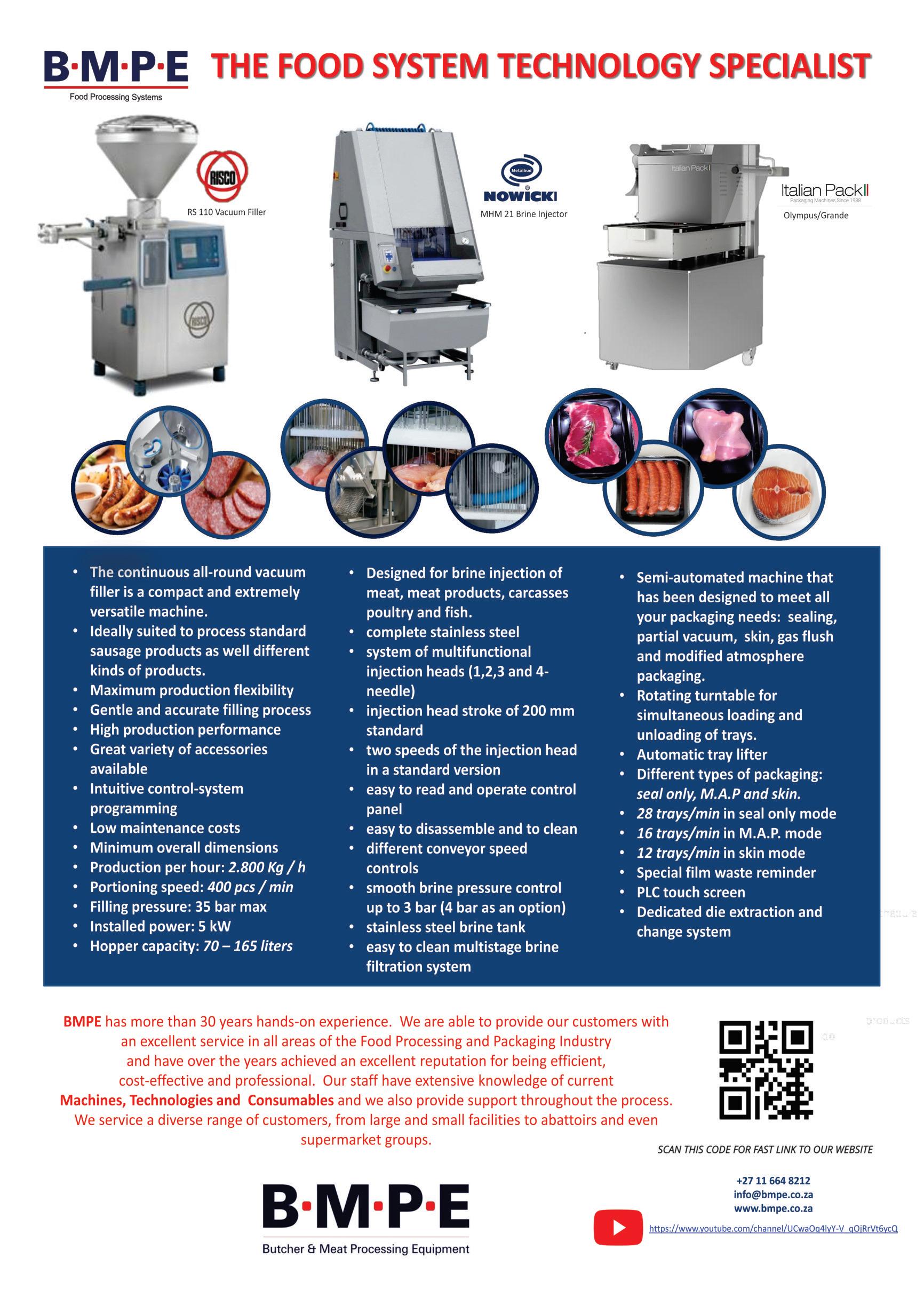
2 minute read
Organic matter matters
The key ingredient for healthy soils and healthy crops is soil organic maer. But it has been neglected in recent decades. How could we have forgoen about it? And what is needed to bring it back in the fields and on polical agendas?
Before the 1940s, organic maer was a key theme at internaonal soil conferences. There exists a decade –old wealth of knowledge about organic maer. But things changed aer the Second World War. Organic maer became neglected, and not by accident. The process of arficially producing nitrogen was originally developed for the explosives industry, but then the resulng chemical was also used for ferlizer. The impact on maize yields was so dramac that researchers and policy makers became convinced that chemical ferlizer could solve global hunger
Advertisement
With this new emphasis on chemical ferlizers, world renowned researchers working on soil organic maer were systemacally neglected. Scienfic journals were no longer interested in publishing their research, and they were no longer invited to internaonal conferences. Subsequently, the importance of soil organic maer also dropped off agricultural curricula and from policy, extension and investment agendas.
Under the influence of the economic and polical power of the chemical industry new crop variees and producon methods that required large quanes of ferlizer were promoted. Slowly then, this belief, pushed by industry, narrowed the view of researchers, educaon, policy makers and extension staff and became the norm. Chemical ferlizers were so much easier to apply a few bags of ferlizers than the bulky organic maer that also demanded mixed farming.
With the use of chemical ferlizers and new variees, crop yields first increased in some parts of the world. But now, many farmers are experiencing diminishing returns. They need to apply more and more (expensive) ferlizer each season .This is largely due to the loss of soil organic maer and loss of its capacity to retain water and nutrients. Polluon from excess nutrients and eroded soil parcles entering waterways are addional long-term consequences of this historical mismanagement.
And, was hunger eliminated, or even reduced, in the process? The total food producon per capita increased, but there are more hungryand malnourished people today than ever in the history of humanity
With the globalisaon of our food systems, we are also confronng a growing global imbalance. Nutrients are mined from the soil in one part of the world, and exported in the form of crops to other parts, leading to problems on both sides.
It is high me that we revive soils with pracces that increase organic maer and do not demand ever increasing amounts of non-renewable resources.. Farmers have worked with others to develop successful agroecological strategies using fallows, cover crops, green manures, mulch, and the incorporaon of crop residues and compost into their living soils.
To restore our soils, we must overcome a range of obstacles, from local shortages of biomass to lost knowledge and oversimplified systems. We must build on and learn from farmers and their exisng agroecological pracces.
Soil organic maer is made up of a wide variety of living and dead plant and animal material. In agriculture, this can range from leaf mulch to manure and compost. Oen called 'black gold', it is a basic building block of soil life that supports plants to grow and thrive. It is important in several ways, mainly by enhancing soil life and increasing the water and nutrient holding capacity











